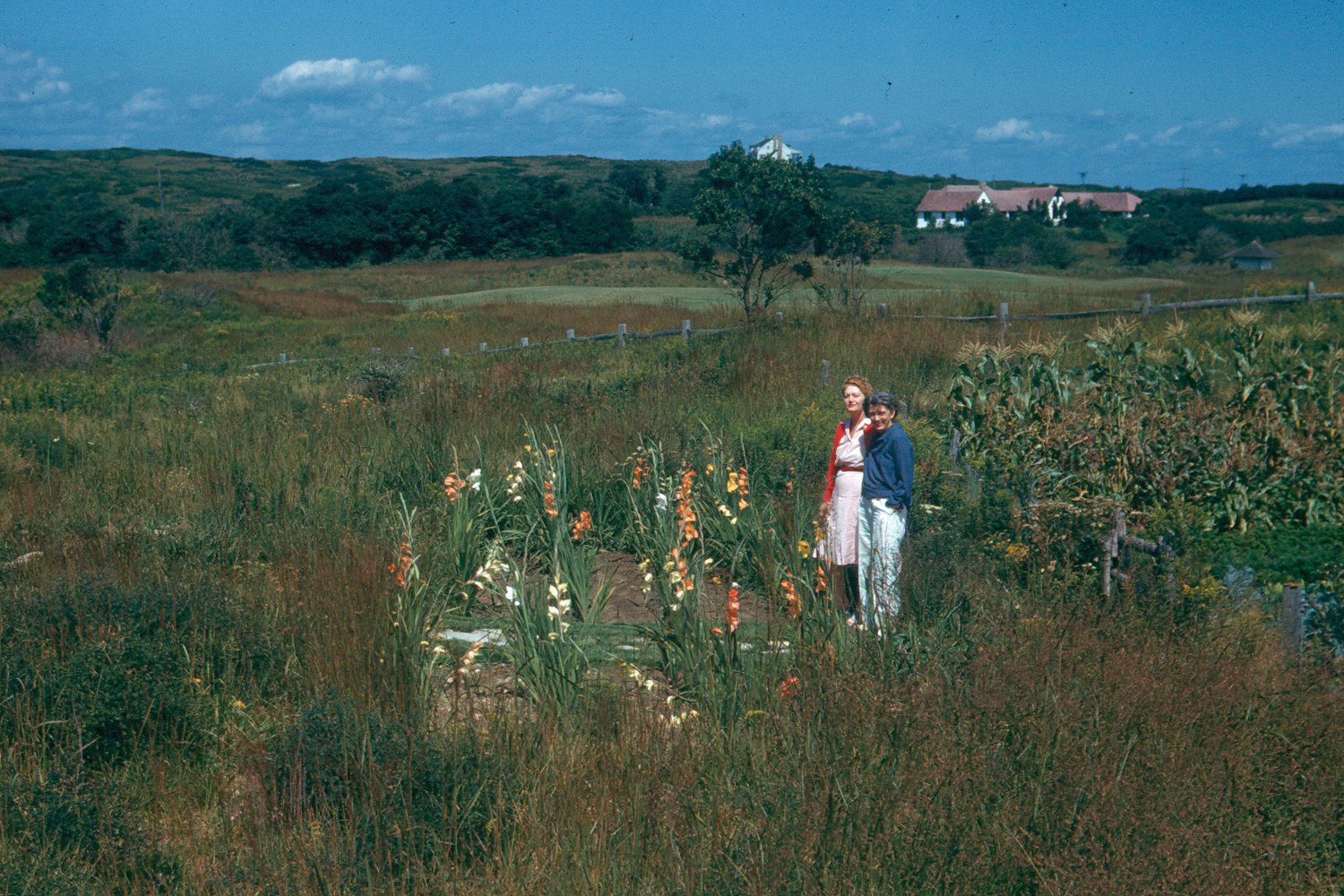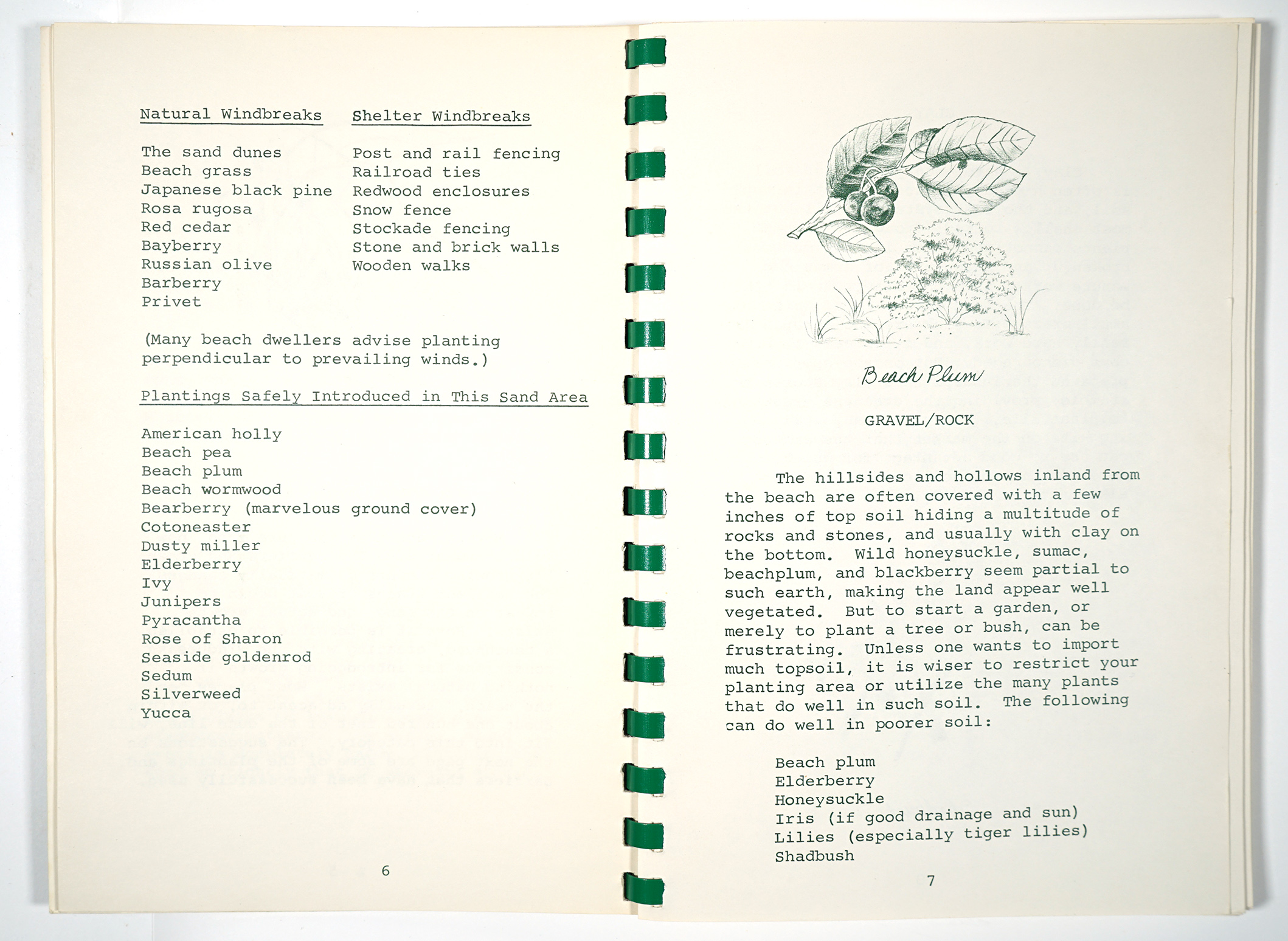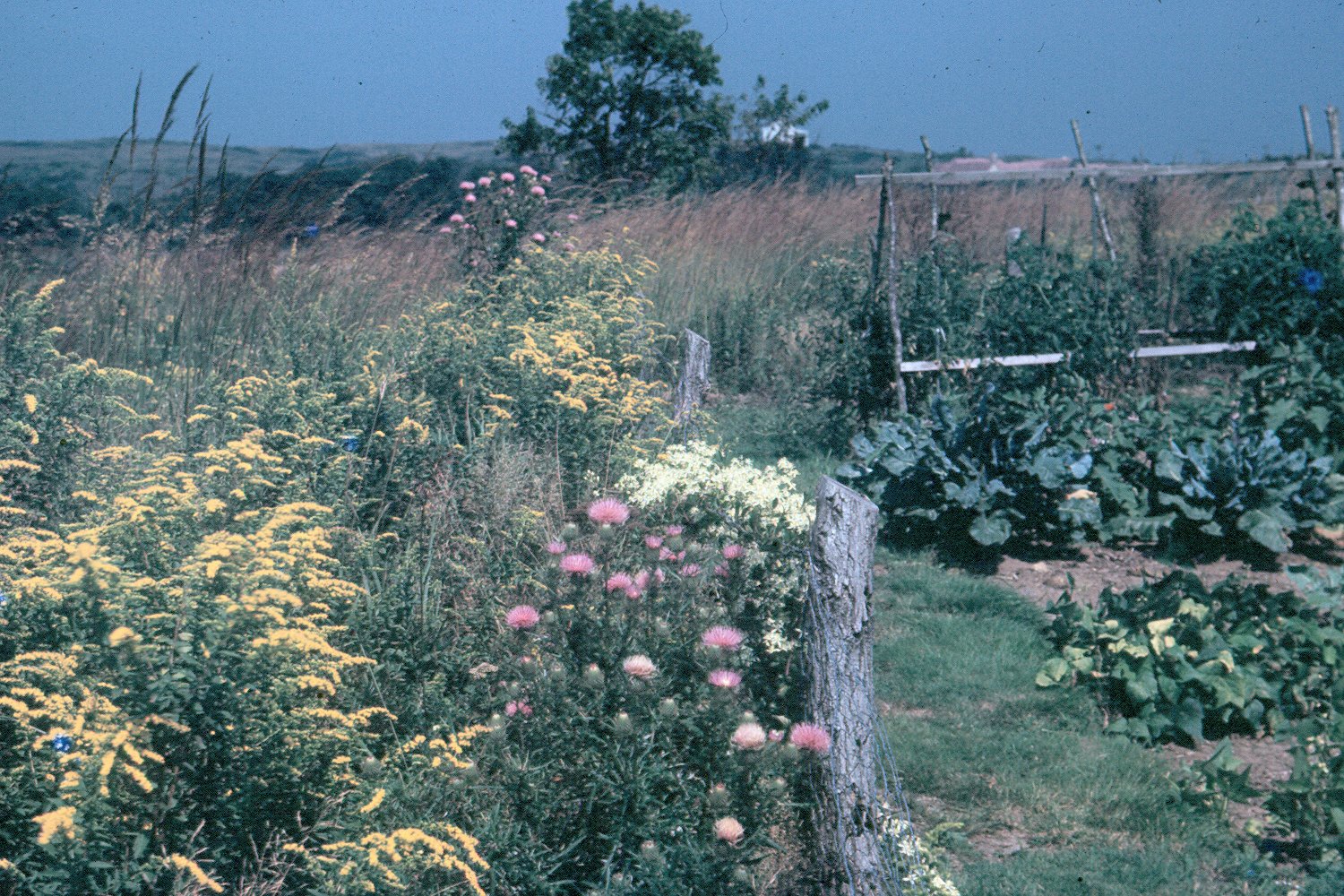
The vernal equinox on March 20th marked the onset of spring, as the sun passed the equator on its path northward, bringing with it longer and warmer days to the Northern Hemisphere. On March 21st, 1946 (the year the above photo was taken), the East Hampton Star reported “Spring is here today!… Cover crops are greening in the fields—some fields are plowed already and the potato farmers’ season is on. The first crocus bloomed under the windows of the old house… The snowdrops in the Library garden have been blooming for some time. Daffodil buds are fattening.” Meanwhile, the familiar and often deafening chorus of spring peepers sounds the alarm for the start of planting operations.
For gardeners on the East End, these signs of early spring energize them to move on from the doldrums of winter by cleaning flowerbeds, planting spring bulbs, pruning trees, and direct sowing summer and fall vegetable crops. Many remain motivated, although Montauk’s coastal climate presents challenges for both amateur and experienced gardeners alike. In 1967, the Montauk Village Association published The Salty Thumb: Your Garden by the Sea, an illustrated field guide and gardening manual. The book educates readers about plants and gardening techniques to help them thrive in the harsh elements associated with maritime gardening. The book presents native plants by habitat, encouraging readers to foster naturally abundant species to attract pollinators, provide windbreaks, prevent erosion, and aid in flood control.

Margaret Cousins, the book’s editor, wrote “The seaside garden may be a solution if you do not have dreams of a tame and orderly landscape with proper paths, neat hedgerows and manicured beds of flowers, but are simply interested in growing things.” The gardens of Harry and Nydia Bruno on the grounds of their home “Green Chimneys”, pictured above and below, set an example for the coexistence of cultivated and native species. A field of native grasses, sedges, and rushes envelops a patch of ornamental flowers, while native goldenrod and thistle species creep up to the fence posts of an edible garden.

For those interested in learning more about indigenous species, Norman Taylor’s The Vegetation of Montauk: A Study of Grassland and Forest includes a detailed list of Montauk’s flora compiled from herbarium specimens, notes, and observations collected in 1923. Finding ways to integrate these historically native species into your home garden presents a worthwhile yet challenging opportunity to benefit Montauk’s pre-existing flora and fauna.
Do you need seeds for your garden? Stop by the Montauk Library’s Seed Exchange and browse our collection of herb, vegetable, flower, and tree seeds, many of which were harvested locally. Cardholders can take up to five seed packets each. They are free, we just ask that you bring back seeds from your healthiest plants to keep the Seed Library growing.

Reply or Comment